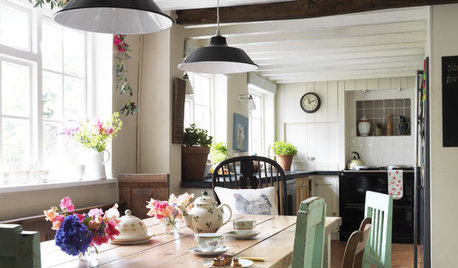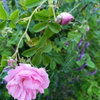What's wrong with calling them OGR?
elemire
13 years ago
Featured Answer
Sort by:Oldest
Comments (6)
mendocino_rose
13 years agolast modified: 9 years agoUser
13 years agolast modified: 9 years agoRelated Professionals
South Orange Landscape Architects & Landscape Designers · Berwyn Landscape Contractors · East Lake-Orient Park Landscape Contractors · Golden Landscape Contractors · Hoffman Estates Landscape Contractors · Laguna Hills Landscape Contractors · Lees Summit Landscape Contractors · North Plainfield Landscape Contractors · West Haverstraw Landscape Contractors · Weymouth Landscape Contractors · Markham Landscape Contractors · Antioch Landscape Contractors · Rowlett Swimming Pool Builders · West Puente Valley Swimming Pool Builders · South Laurel Siding & Exteriorsrosefolly
13 years agolast modified: 9 years agorjlinva
13 years agolast modified: 9 years agomelissa_thefarm
13 years agolast modified: 9 years ago
Related Stories

HOUSEKEEPINGWhat's That Sound? 9 Home Noises and How to Fix Them
Bumps and thumps might be driving you crazy, but they also might mean big trouble. We give you the lowdown and which pro to call for help
Full Story
GARDENING GUIDESWhat's Wrong With My Plant? Leaves Often Hold the Clues
Learn how to identify common plant ailments by reading their leaves
Full Story
REMODELING GUIDESWhy Marble Might Be Wrong for Your Bathroom
You love its beauty and instant high-quality appeal, but bathroom marble has its drawbacks. Here's what to know before you buy
Full Story
LIFEYou Said It: ‘Every Room Should Have the Right Wrong Thing’ and More
This week on Houzz we were inspired to break out of catalog styling ruts and let our design freak flags fly
Full Story
MOST POPULAR4 Obstacles to Decluttering — and How to Beat Them
Letting go can be hard, but it puts you more in control of your home's stuff and style. See if any of these notions are holding you back
Full Story
CLOSETSHouzz Call: Is Your Closet a Storage Powerhouse?
We want to see how you are making the most of your closet storage areas. Post pictures and tell us how you’ve organized them
Full Story
SAVING WATERHouzz Call: Are You Letting Go of Your Lawn?
Many facing a drought are swapping turf for less thirsty plantings. If you’re one of them, we’d like to hear about it
Full Story
LANDSCAPE DESIGNThe 7 Best Plant Types for Creating Privacy and How to Use Them
Follow these tips for using different kinds of plants as living privacy screens
Full Story
DECORATING GUIDES11 Area Rug Rules and How to Break Them
How big should an area rug be? These guidelines will help you find the right size and placement
Full Story
COLOR4 Cool Paint Colors Touted for 2014 — and How to Use Them
Muted but complex, these hues from Farrow & Ball can stand on their own or play supporting roles
Full StorySponsored
Columbus Design-Build, Kitchen & Bath Remodeling, Historic Renovations
More Discussions











kristin_flower